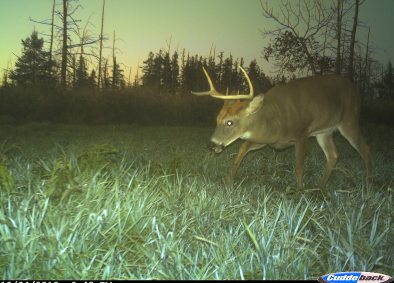In my early years, the “second rut” was described to me as follows: Because the majority of does all come into estrus within a fairly tight time frame, bucks aren’t able to find and breed all of the does during the rut. The does that are missed end up coming back into estrus 28 days later. So, you can peg the peak of the second rut by merely adding 28 days to the peak rut.

That sounds great in theory. But many rutless second-rut sits caused me to question the validity of the second rut many years ago. Picking the brains of every experienced hunter I knew, including a handful of outfitters, I’d ask each if they’d ever seen a buck actually tending a mature doe a month after peak breeding. None of them ever had, but most all of them had seen bucks tending doe fawns during that stretch, as I have myself.
Years later, as I built the core group of wildlife biologists who I still depend on to this day, I asked them their thoughts on the second rut, as well. Their findings matched my experiences, as well as those of the other hunters I’d quizzed on this subject. In anything close to healthy deer populations, in the absence of truly extreme, shutdown breeding level weather conditions over the peak breeding phase, pitifully few does are missed during the first go around. In fact, D&DH’s own John J. Ozoga taught me that some nubbin bucks are even capable of impregnating does, further reducing the odds of does being missed.
Instead, the second rut is really overwhelmingly made up of doe fawns entering estrus their first fall. Because they must meet physical and physiological thresholds to do so, it’s just not possible to predict when the second rut occurs. The healthiest, early-born doe fawns can somewhat commonly come in toward the end of the rut, with the rest that achieve estrus that first year being spread out for as much as the next couple of months.



